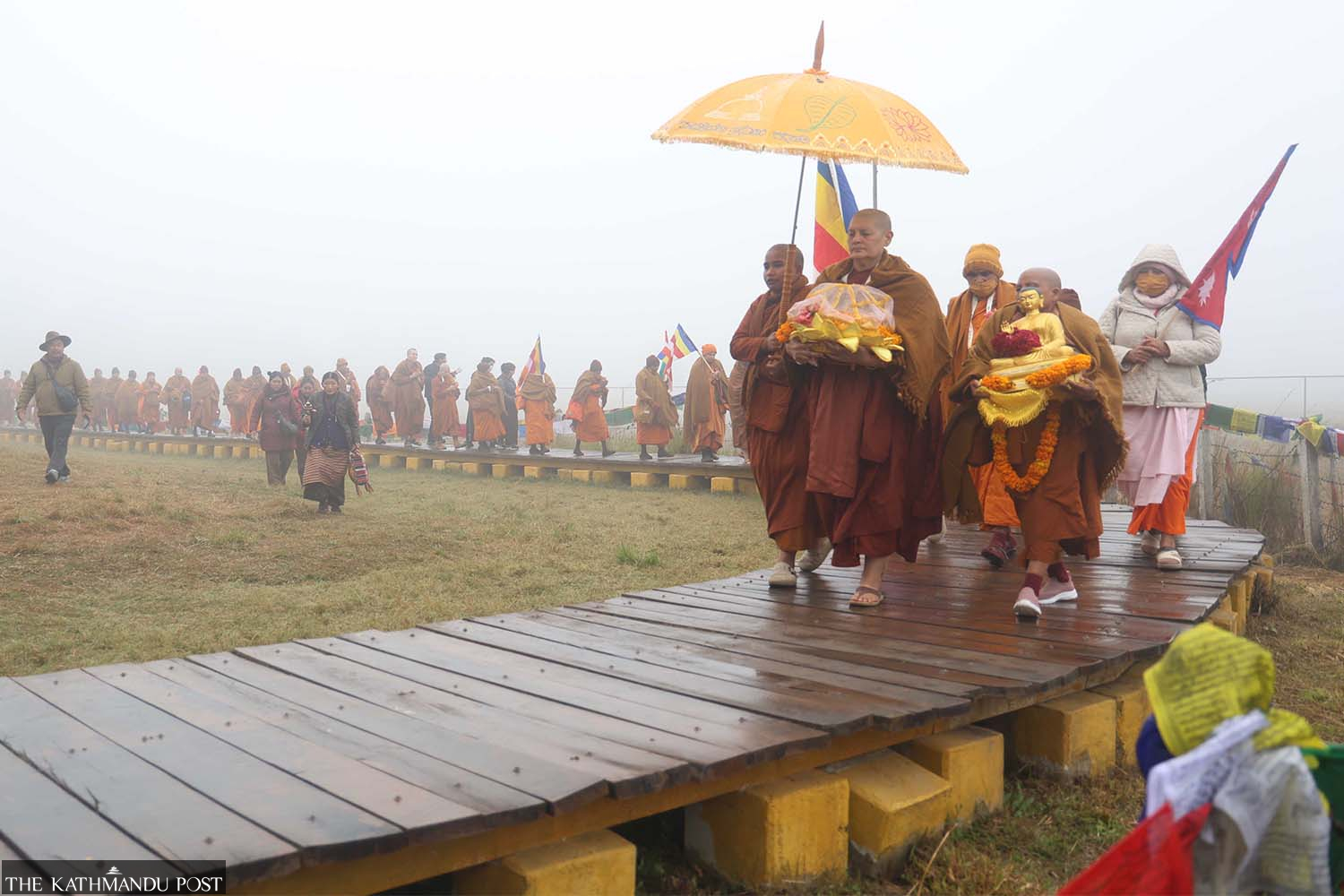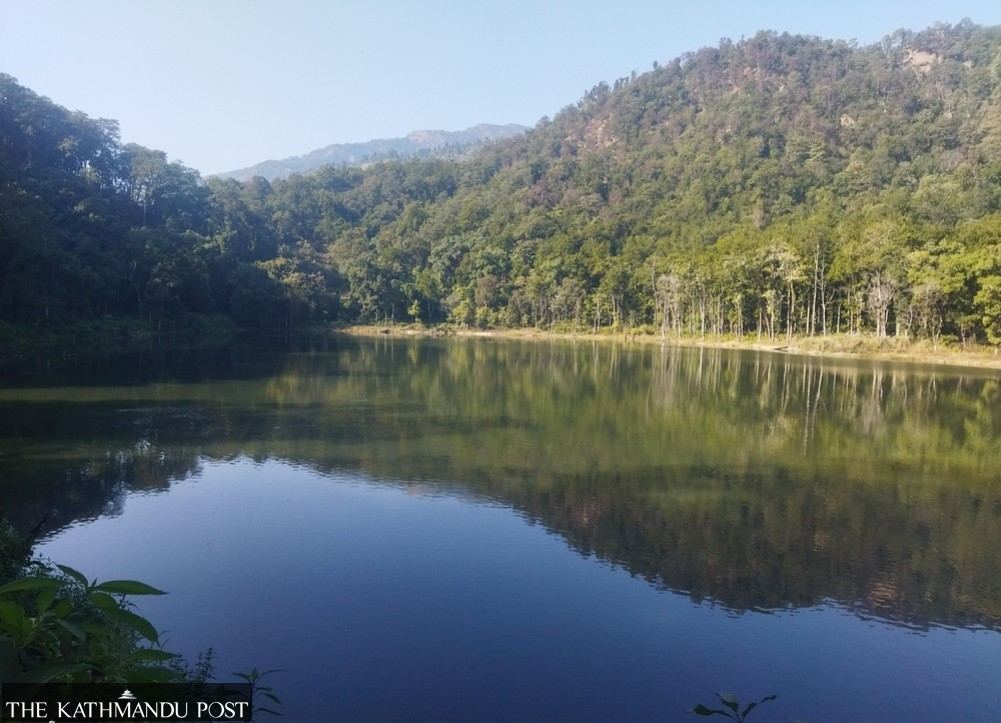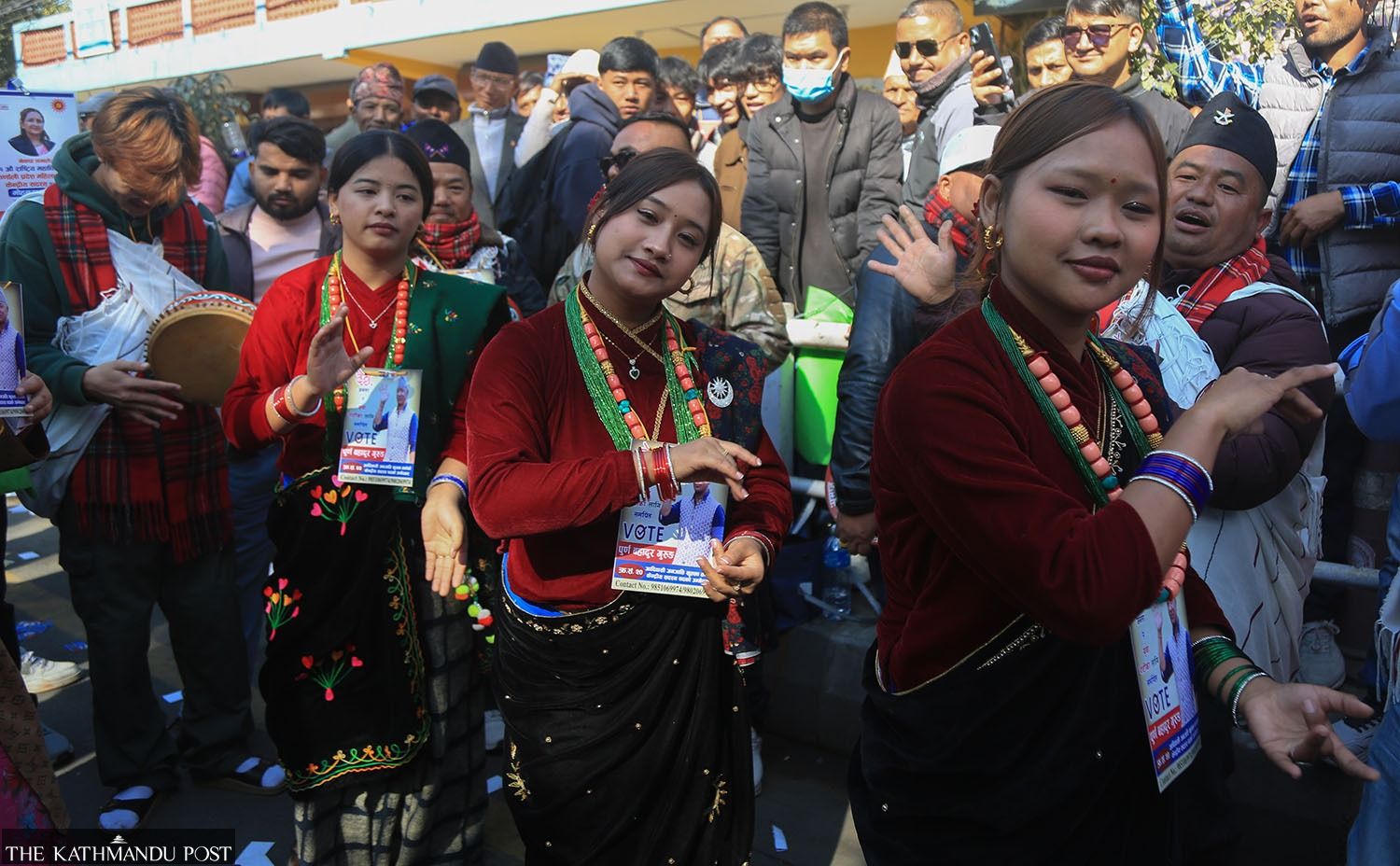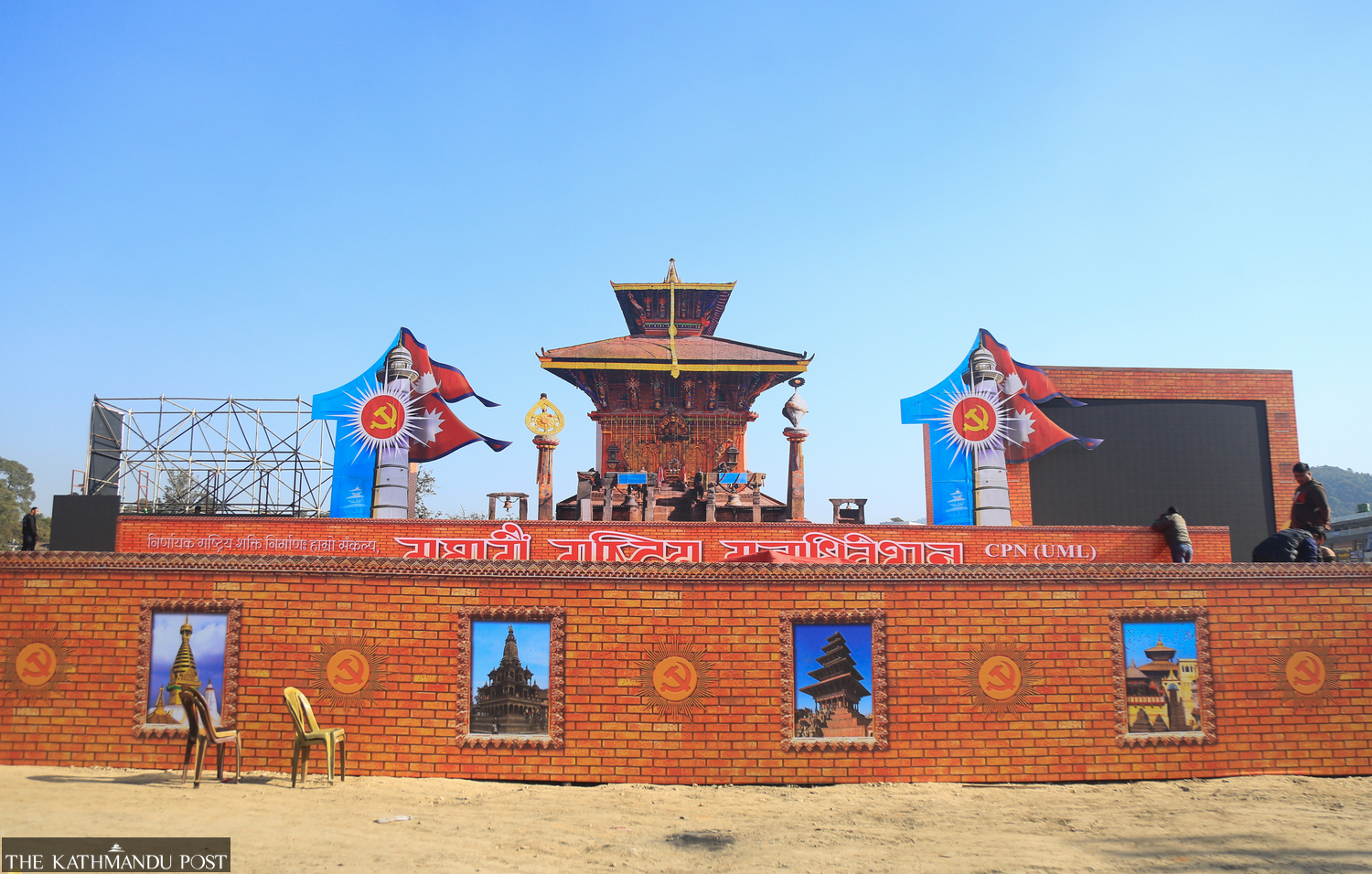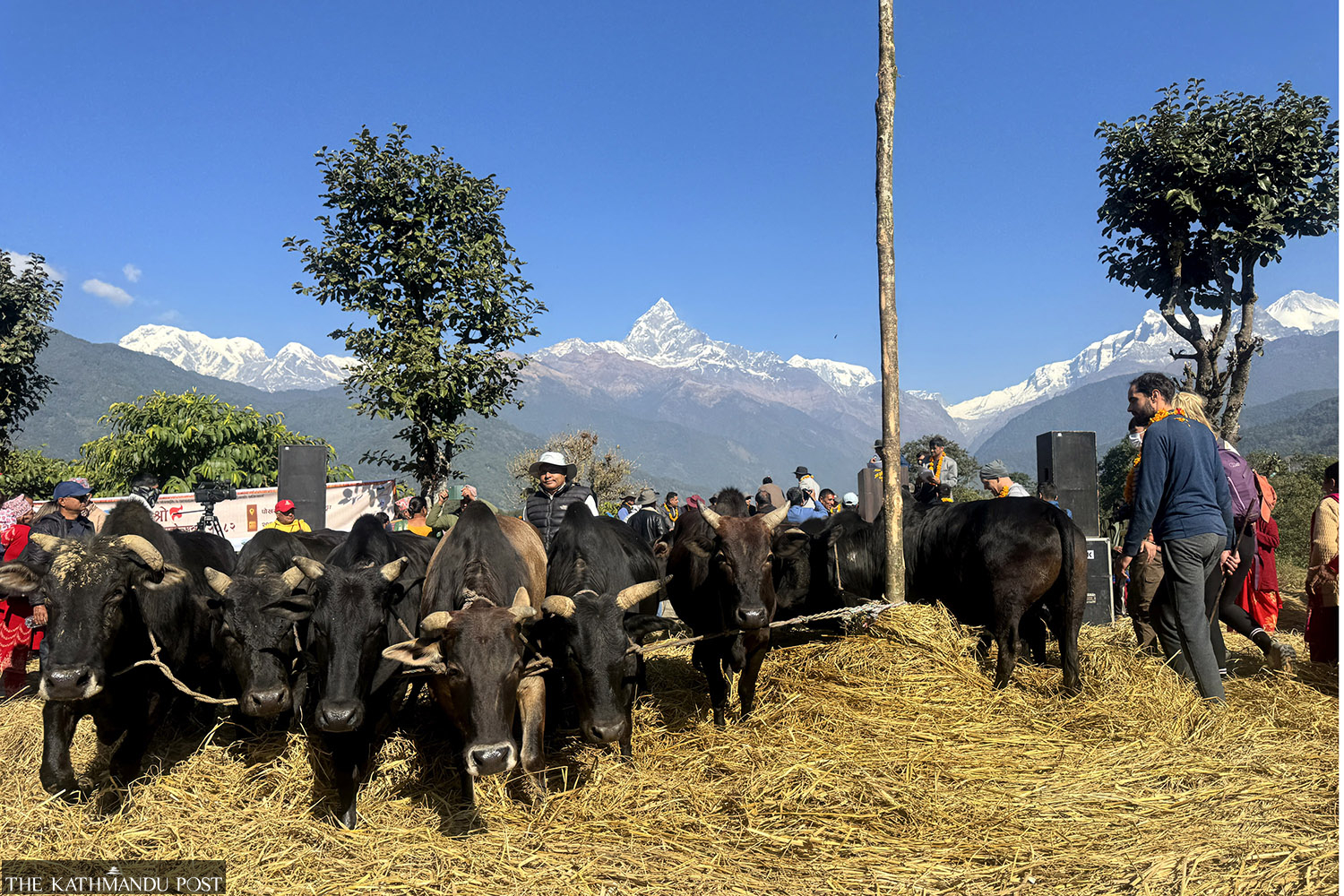Visual Stories
Light at the end of the tunnel
The Upper Tamakoshi Hydropower project—the largest hydropower project that the country is current undertaking—is once again facing delays.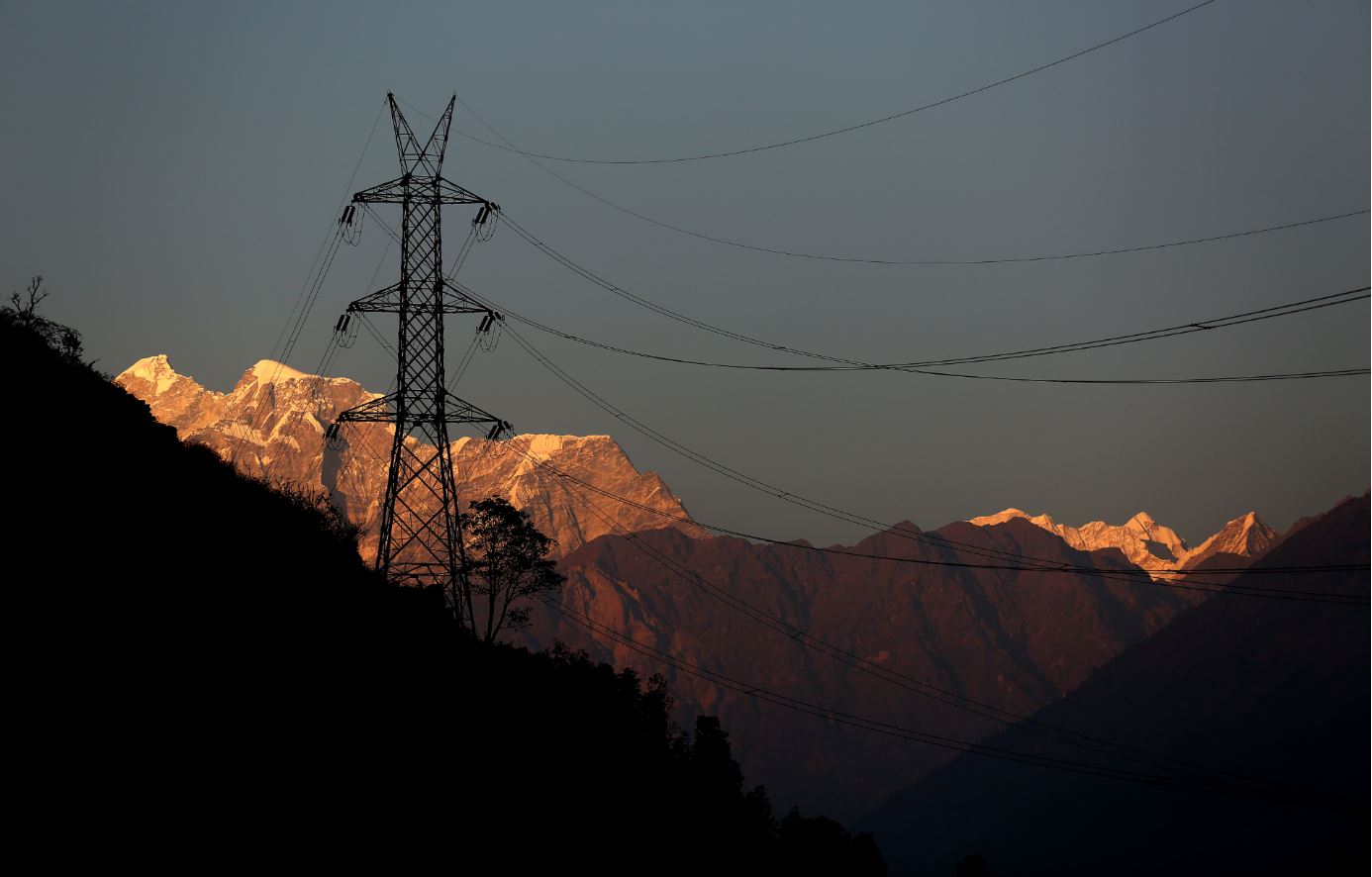
Kiran Panday
The Upper Tamakoshi Hydropower project—the largest hydropower project that the country is current undertaking—is once again facing delays. This time, the contractor’s inability to transport materials to the project site has pushed back the possibility of generating electricity by the targeted time frame. Even though 98 percent of the infrastructure development has been completed, the works regarding hydromechanical Lot-2 are still incomplete.
Texamo Engineering, the Indian contractor charged with executing hydro-mechanical works at the project, has yet to transport lower penstock shaft steel pipes. If the works had continued as planned, the power plant would be generating electricity by next year.
After the government’s evaluation that the Indian contractor is unable to carry out pipe transportation and installation, the project is now preparing to hire a new contractor to continue with the remaining work.
The penstock pipes need installation inside two 310-metre vertical tunnels. Due to the massive weight and size of the pipes, it takes a significant amount of time even to transport them, but the company has yet to bring 12 pipes, out of 78 in total, to the project premises. Some are on the way.
“Everything else has been completed. Now, the main challenge remains the installation of these pipes. The performance of the Indian company has not been satisfactory, so we are looking into alternatives. We will continue to work on the site even though we have to hire a new company. The project will not be stalled at any cost,” said Ganesh Neupane, spokesperson of the hydropower project.
The road from Khadichaur to Charikot at Sindhupalchowk district is in terrible shape, which is the reason behind the delay in the transportation of materials. It has taken seven days for the transportation of materials from Khadichaur to the project site at times. Due to the heavy weight of the pipes, it is difficult for heavy duty trucks to travel through the dirt road.
This national pride project, which will yield 456 megawatts of electricity, was begun in 2010 and has been undertaken through the country’s own investment.
The project, which was aimed to be completed by 2015, has already been extended by two years. It was estimated to cost Rs 35 billion in the beginning but Rs 43 billion has already been invested till date. Now, it is estimated that it will cost Rs 70 billion until the project is completed. Apart from the pipe dilemma, other works in the project site are ongoing as planned.
At the project site, there are a group of workers who have been working at different hydro projects for the last 12 years. These people, who have always worked under foreign contractors, said that due to their years of experience they feel that they can now independently undertake any hydro projects.
In the Upper Tamakoshi project site, there are Nepali, Indian and Chinese workers. According to spokesperson Neupane, digging the main tunnel, construction of the powerhouse, digging transformer caverns, and installing turbines have all already been completed. The cementing of headworks is 99 percent complete. Construction at the dam site is ongoing. The new target for the completion of the project has been set for the end of 2019.
Nepal can significantly reduce its dependency on Indian power if this hydropower plant starts generating electricity. It will also earn Nepal around Rs 20 million everyday.
Photos & Text: Kiran Panday

A 220 KV double circuit transmission line against the backdrop of the Gaurishankar mountain, which is the source of the Tamakoshi river.

Workers inside the hydropower tunnel.

Workers installing a main set-up valve (MSOVI) inside the tunnel.

Clearing the premises outside the tunnel.

Nepali workers at the project site.

The Tamakoshi river in its full glory.

Entrance of the tunnel at the top right with a construction godown at the bottom, divided by the Gongar river in between the two.

Concrete lining of the rebar fitting to stabilise the tunnel.

A panaromic view of the headworks site of the Upper Tamakoshi Hydropower Project. To the right, a reservoir lake will be formed after the completion of the dam.




 15.12°C Kathmandu
15.12°C Kathmandu
